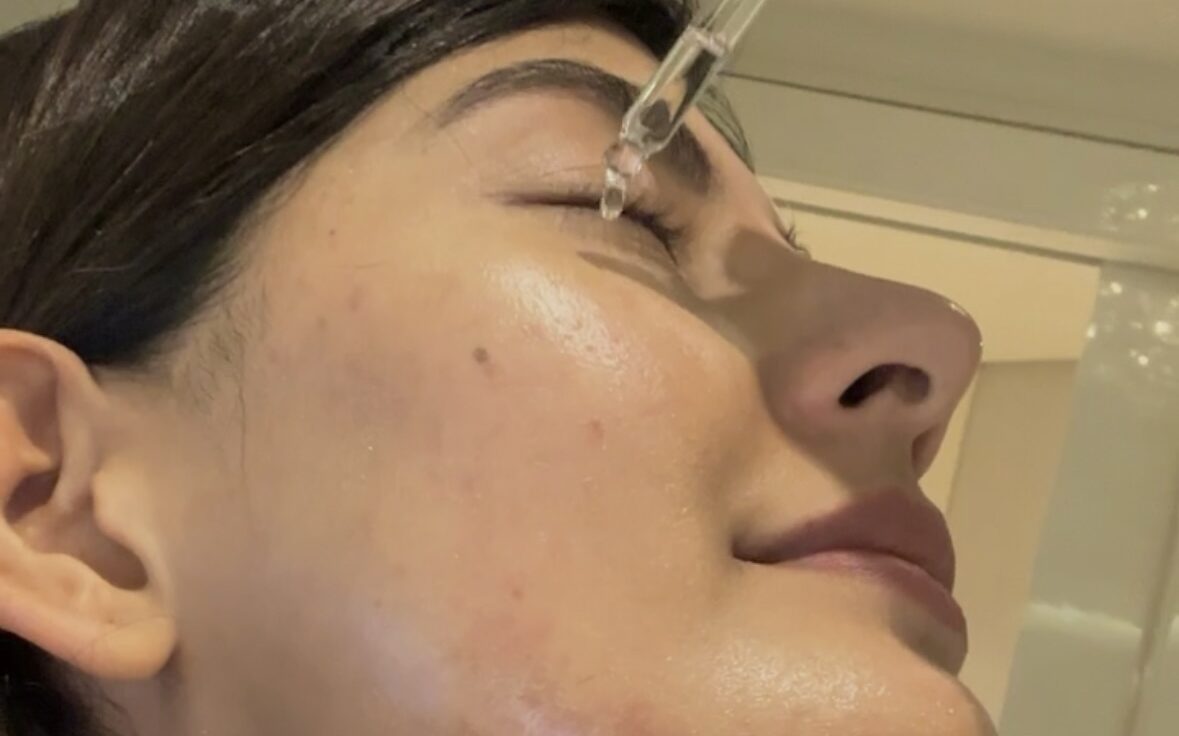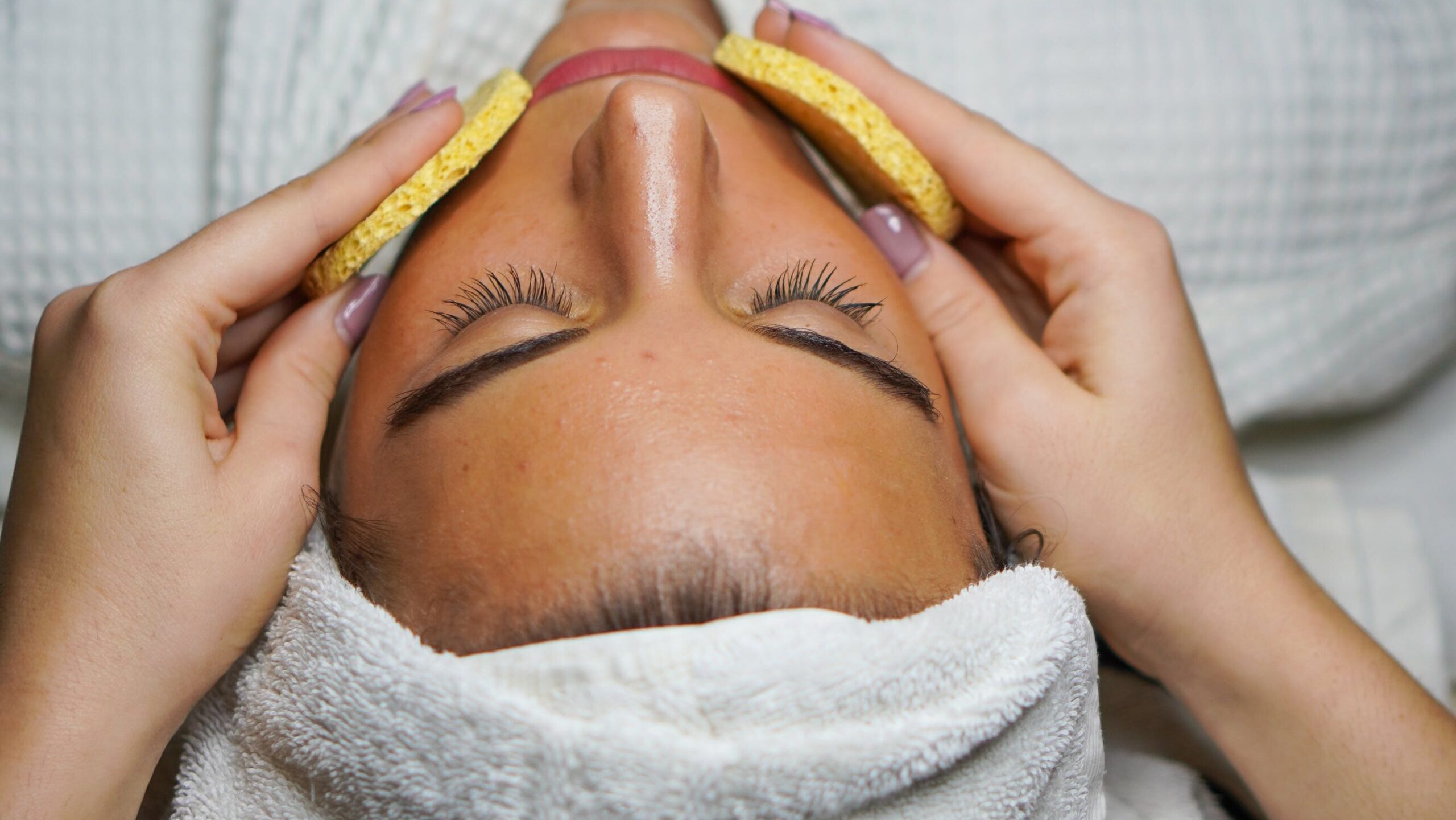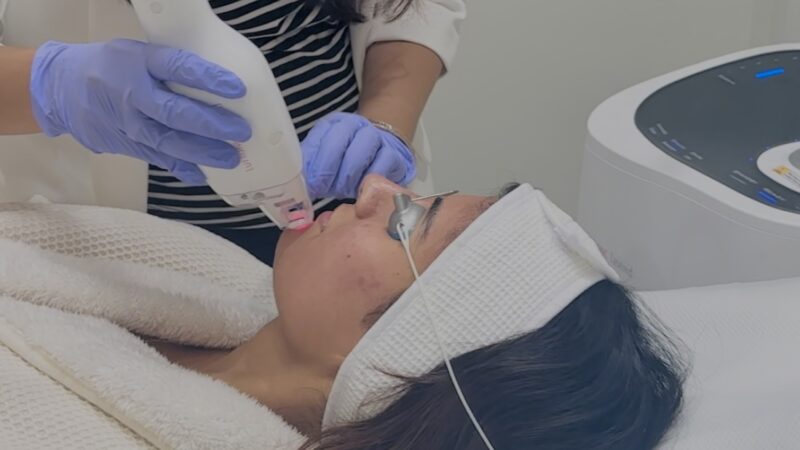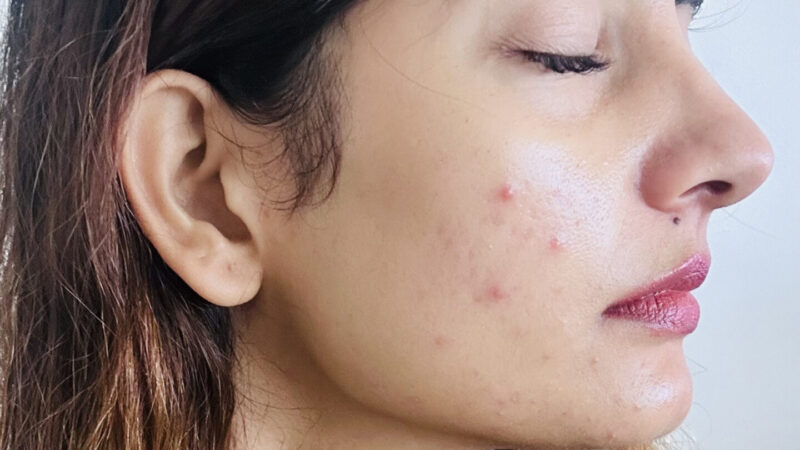Decoding Your Skin Type: A Comprehensive Guide

Understanding your skin type is the cornerstone of effective skincare. Just like personalities, skin types vary from person to person, and what works wonders for one may not yield the same results for another. To embark on a skincare journey tailored to your needs, it’s essential to identify your skin type accurately. In this guide, we’ll delve into the different skin types and provide insights into how you can determine yours.

The Basics: Skin Types Demystified
1. Normal Skin:
– Characterized by balanced sebum production and few imperfections.
– Appears smooth, radiant, and supple.
– Rarely experiences sensitivity or severe dryness.
2. Oily Skin:
– Overproduction of sebum, often leading to a shiny complexion.
– Prone to enlarged pores, blackheads, and acne breakouts.
– Can be resilient but may suffer from excessive greasiness.
3. Dry Skin:
– Lacks moisture and oil, resulting in a dull, rough appearance.
– Feels tight and may exhibit flakiness or irritation.
– More susceptible to fine lines and wrinkles due to inadequate hydration.
4. Combination Skin:
– A blend of oily and dry areas, typically oily in the T-zone (forehead, nose, and chin) and dry or normal elsewhere.
– Requires a balanced skincare approach to address different concerns simultaneously.
5. Sensitive Skin:
– Easily irritated by environmental factors, skincare products, or certain ingredients.
– May experience redness, itching, or burning sensations.
– Benefits from gentle, hypoallergenic formulations.

Assessing Your Skin Type: A Step-by-Step Approach
1. Cleanse Thoroughly:
– Start with a gentle cleanser to remove any makeup, dirt, or impurities.
– Pat dry with a clean towel and avoid applying any skincare products immediately.
2. Observe Your Skin:
– Allow your skin to settle for about an hour, preferably in natural light.
– Take note of any shine, dry patches, tightness, or redness.
3. Perform the Blotting Test:
– Press a clean tissue or blotting paper against different areas of your face.
– Oily areas will leave visible oil marks, while dry areas will not show any residue.
4. Check Your Pores:
– Examine the size of your pores, particularly in the T-zone.
– Enlarged pores may indicate oily or combination skin.
5. Assess Sensitivity:
– Recall any reactions your skin has had to certain products or environmental triggers.
– Notice any signs of irritation or discomfort during the observation period.

Decoding Your Results
– Normal Skin:
– Balanced sebum production, minimal imperfections.
– Smooth, radiant complexion without sensitivity.
– Oily Skin:
– Excessive shine, enlarged pores, prone to acne.
– May require oil-control products and regular cleansing.
– Dry Skin:
– Tightness, flakiness, dull appearance.
– Needs hydration-rich products and gentle exfoliation.
– Combination Skin:
– Oily T-zone, dry or normal cheeks.
– Tailored skincare routine addressing both oily and dry areas.
– Sensitive Skin:
– Prone to redness, itching, or burning.
– Benefits from fragrance-free, hypoallergenic products.

Crafting Your Skincare Routine
Once you’ve identified your skin type, selecting suitable skincare products becomes more straightforward. Look for formulations specifically designed to address your skin’s unique needs, whether it’s oil-control for oily skin, hydration for dry skin, or soothing ingredients for sensitive skin. Consistency is key, so establish a daily skincare routine incorporating cleansing, moisturizing, sun protection, and targeted treatments as needed.
Remember, your skin type can evolve over time due to various factors such as age, hormones, climate, and lifestyle changes. Therefore, it’s essential to periodically reassess your skin and adjust your skincare regimen accordingly. By understanding your skin type and nurturing it with the right products and practices, you can achieve a healthy, glowing complexion that reflects your inner radiance.




